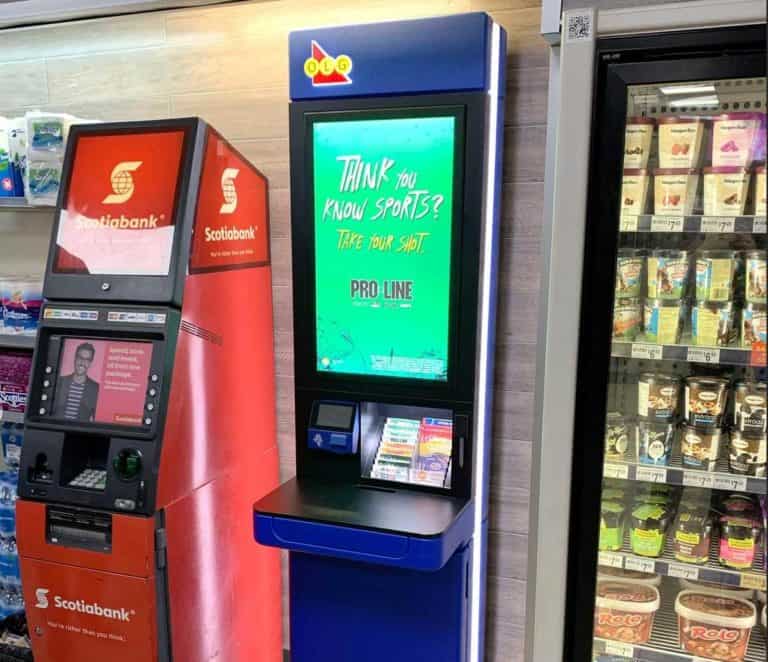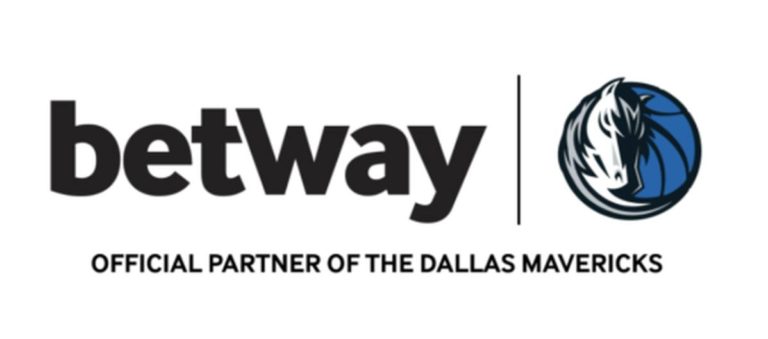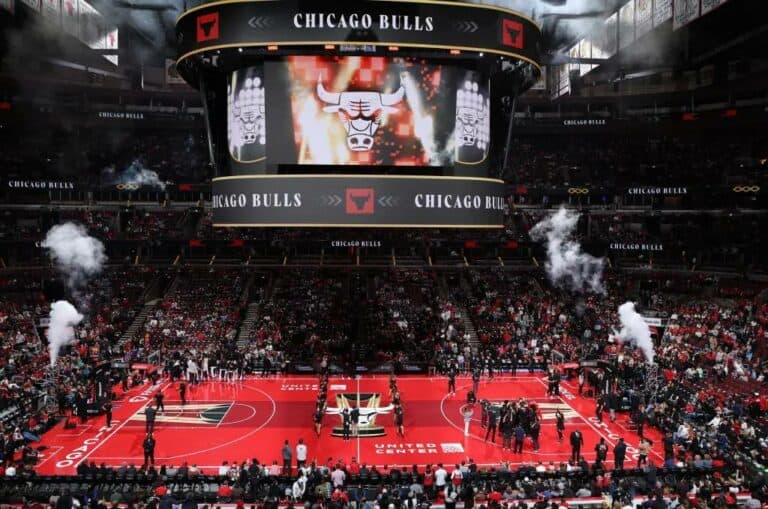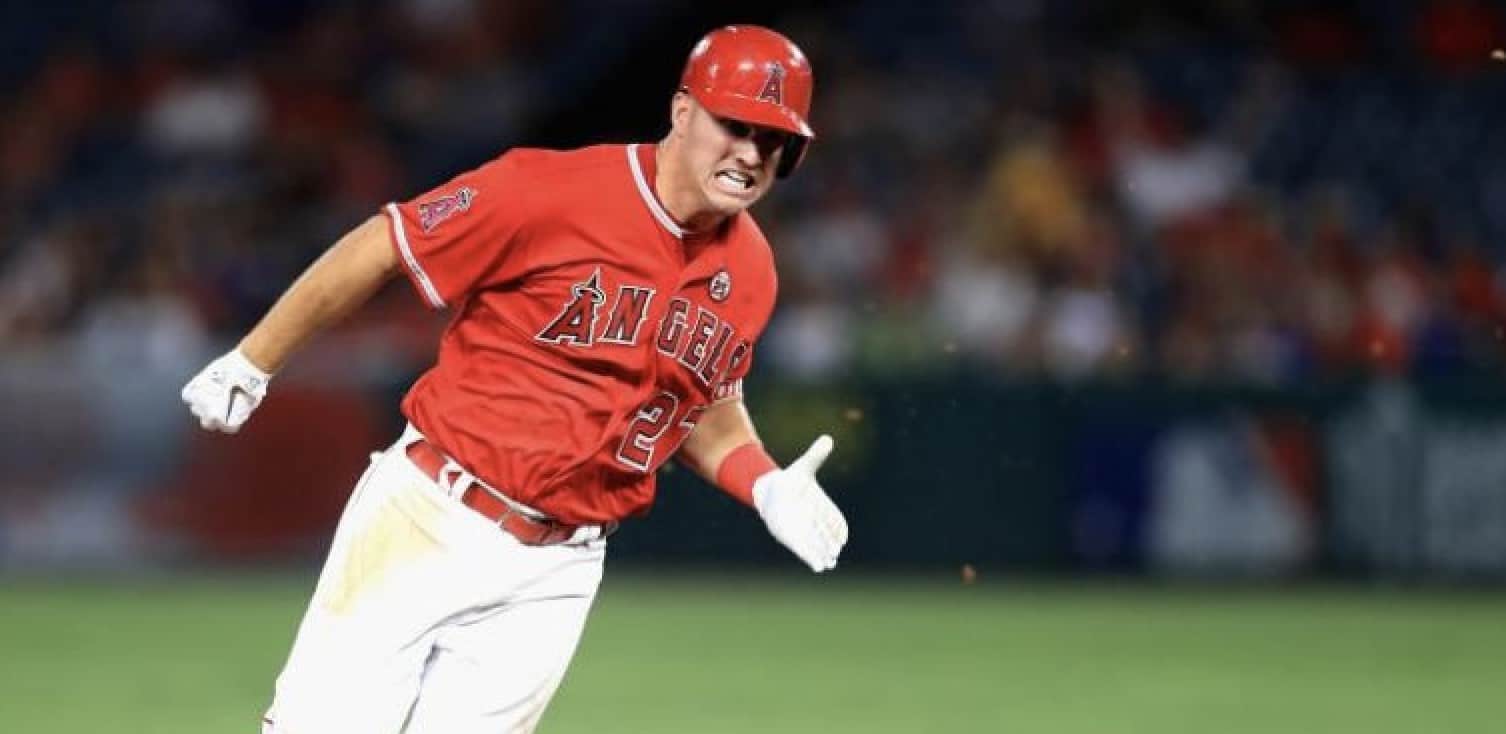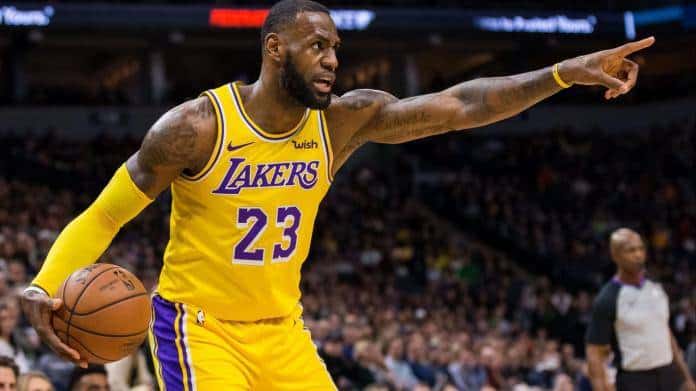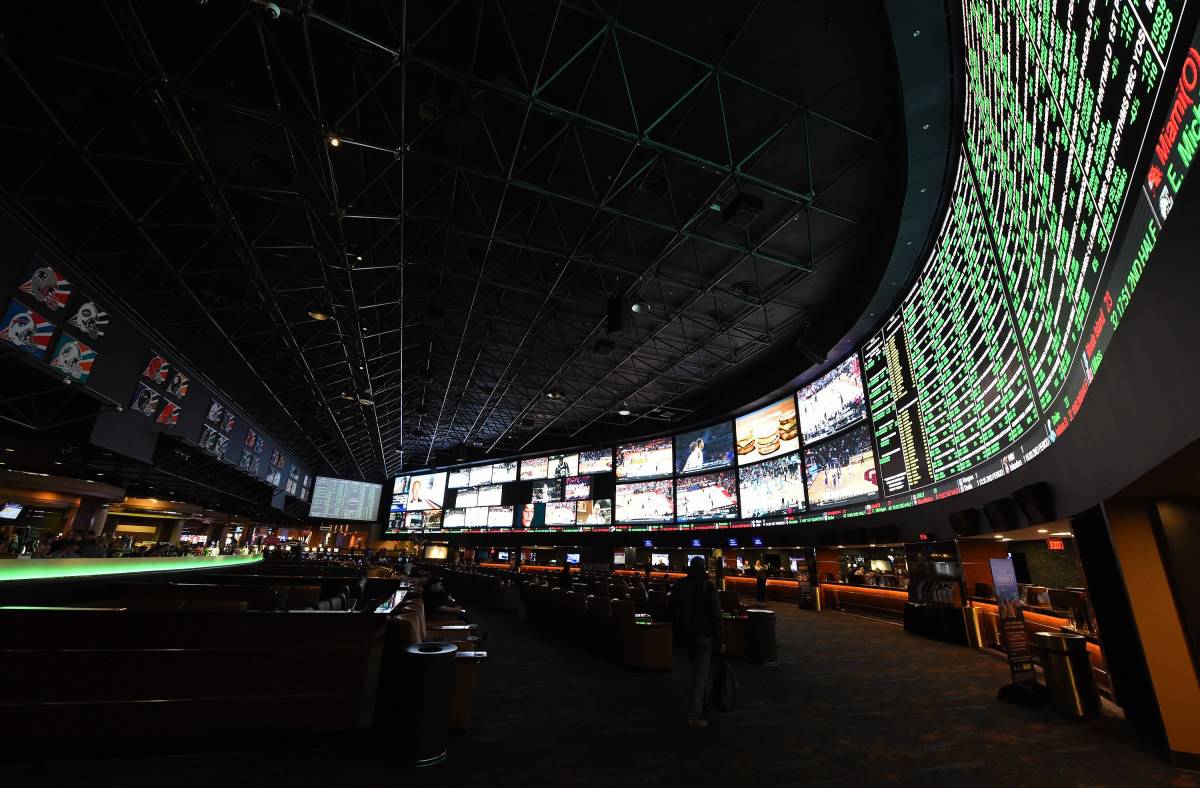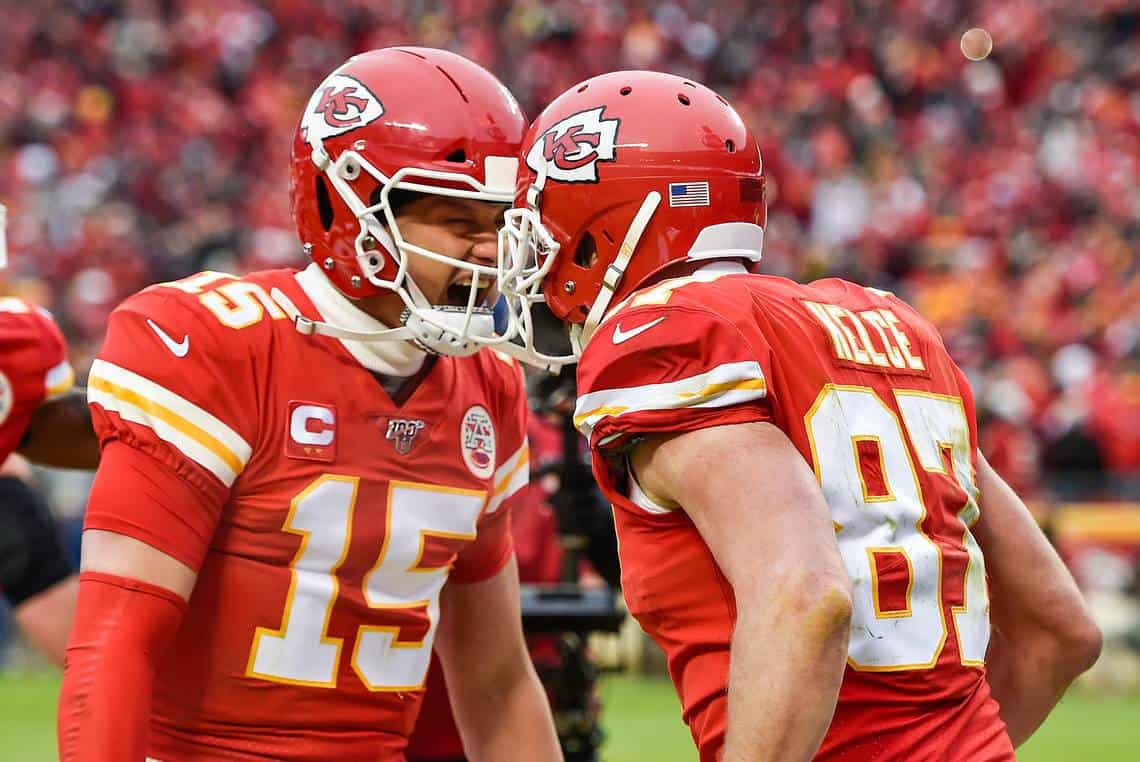NBA Betting

 BetOnline
BetOnline
Bonus
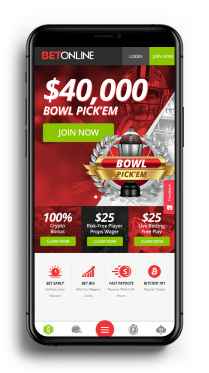
NBA Betting News
NBA BASKETBALL BETTING
Introduction to NBA Basketball Betting
In the United States, NFL football is overwhelmingly the most popular betting sports and represents the largest percentage of the ‘handle’ at Nevada sportsbooks. NBA basketball, however, is also a very popular betting sport and one that offers a great opportunity for the player to make money. Simply stated, the ‘hold’—or amount won by the sportsbook—is significantly lower in basketball than in football. While both college and pro basketball are favorite targets of professional gamblers and ‘sharp’ players, even the recreational sports bettor can learn to enjoy and profit from it. It’s important for the NBA betting enthusiast to understand from the outset that the handicapping process in basketball is drastically different than in football.
By most metrics the National Basketball Association (NBA) is the #2 sports league in North America behind the NFL. It’s usually ‘neck and neck’ with Major League Baseball though the most recent data suggest that pro basketball has surpassed the sport that still calls itself ‘America’s Pastime’. Like many professional sports, the NBA struggled to find traction during it’s early existence. The league was founded in 1946 as the Basketball Association of America but after a merger with the National Basketball League (NBL) three years later it re-branded under the current name. By 1949, the fledgling NBA found itself with 16 teams but would suffer a significant attrition rate over the next few years. The league lost half their teams in the following six years leaving the NBA with eight teams.
Hindsight being 20/20, it should have been apparent from the start that many of the early NBA teams would fail to be viable financially. Many were financially unstable from the time of the merger a fact that was compounded by their presence in smaller markets. During the league’s early financial struggles it was the support of one man—Fort Wayne Pistons owner Frank Zollner—that was responsible for keeping the NBA afloat. The league would soldier on with eight teams until 1961 when the Chicago Packers would join the league. The team would become the Chicago Zephyrs the following season before moving to Baltimore and changing their name to the Baltimore Bullets (later the Capital Bullets, the Washington Bullets and now the Washington Wizards).
The league’s fortunes took a turn for the better during the late 1960’s and over the next 40 years 21 teams would join the league. At the same team, the league would experience a rivalry with another basketball organization, the upstart American Basketball Association (ABA). The ABA was founded in 1967 and would continue until 1976 when it merged with the NBA. The league continued it’s strong growth during the 80’s and 90’s with the rivalry between Larry Bird’s Boston Celtics and Magic Johnson’s Los Angeles Lakers followed by the dominance of Michael Jordan and his Chicago Bulls. More recently, LeBron James has emerged as the league’s top star though the Golden State Warriors are currently the NBA’s most successful team.
The league has had a fair share of 'ups and downs' since beginning play in the 1940's. Since the late 1970's, however, the league has been very popular and financially successful. The NBA brought professional sports to smaller markets like Salt Lake City, Utah and Portland, Oregon creating wildly enthusiastic fan bases. From an international perspective, the NBA is without question the highest level of basketball play in the world. NBA teams play an 82 game schedule beginning in October and running through April. The top sixteen teams make the playoffs and vie for the NBA Championship. With 30 teams playing this many games, there's no shortage of action available for both the basketball bettor and fan.
Professional basketball is also extremely popular around the world. Most countries throughout Europe, Asia and Australia have their own national leagues that play at a varying level of skill. Betting on these leagues is also very popular though is typically limited toward European and Asian facing sports books.
Types of NBA Bets
Pointspread Bets
Just like football, NBA basketball games are primarily bet using a pointspread. The pointspread dates back to the middle part of the twentieth century and first became popular for football betting. It lent itself nicely to basketball betting and would help increase the popularity of wagering on both college and NBA action during the following decades. Unlike NFL football, which has ‘key’ numbers such as 3 and 7 that occur more frequently than others, there are no ‘key’ numbers in NBA basketball betting. Here’s a NBA basketball pointspread from a recent game:
UTAH JAZZ +7’
ORLANDO MAGIC -7’
In this example, the Orlando Magic is a 7.5 point favorite at home over the Utah Jazz. If you bet on Orlando, the Magic must win the game by 8 points or more to cash your bet. If you bet on Utah, the Jazz must lose by 7 or less OR win the game outright for your bet to be victorious.
Here’s another NBA pointspread that we’ll use to illustrate another concept:
LOS ANGELES CLIPPERS +9
SAN ANTONIO SPURS -9
In this instance, there’s not a half point involved in the pointspread. Should the Spurs win by exactly 9 points, it is a tie which is often referred to as a ‘push’ by sports bettors. In this event of a ‘push’ on the pointspread, all bets on both sides are refunded.
Half points in point spreads are sometimes designated by an apostrophe (‘) as in the example above. Some sportsbooks will use a decimal point such as 7.5 or 203.5 to signify the half point. In sports gambling ‘shorthand’ the minus sign (-) in front of the number indicates the favorite. You’ll also see numbers with a plus sign (+) which indicates the underdog. So in the example above, the Jazz are a +7’ (or +7.5) underdog. Although you’ll still see the apostrophe used the trend is toward the use of the decimal designation. It’s easier to represent online and provides more clarity for bookmakers and players alike.
The sportsbook makes money by charging a commission on losing bets. This commission is known as the ‘vigorish’, also referred to as the ‘vig’ or ‘juice’. In most cases, the player must lay 11/10 on side and total bets—often referred to as ‘straight bets’—which translates in monetary terms to laying $110 to win $100. After the game, the sportsbook pays the winners and returns the money they’ve staked. Theoretically, the idea is to have an equal amount of money on each team which leaves the bookmaker with the ‘vig’ as his profit after winning bets are paid.
Totals Bets
Let’s go back to the original NBA game example to explain totals bets also known as ‘over/under bets’. If you walked into a sportsbook in Las Vegas you’d see something like this on the betting board:
UTAH JAZZ 203’
ORLANDO MAGIC -7’
In North American facing books, it’s a convention to list the home team on the bottom. Elsewhere in the world you’ll find a variety of ways in which games and bets or listed but North American based players are more likely than not to find games listed as above.
The large number at the top is the total on the game, also referred to as the ‘over/under’. In this instance, the total is 203 ½ points. A bettor can choose to play the ‘over’ or the ‘under’, which refers to the combined score of both teams. If you play the ‘over’, the combined score in this case must be 204 points or more to win your bet. If you play the ‘under’, the opposite is the case and a total combined score of 203 or less is a winner. As with pointspreads, if the final score of the game lands right on the total the bet is a ‘push’ and all bets returned.
Moneyline Bets
Most pointspread sports give players the opportunity to bet games on the moneyline. Basically, this is just a different way to express odds on a betting proposition. Unlike a pointspread wager, a moneyline underdog must win the game outright for the bet to be a winner. The opposite is also true, however, and the favorite only need win the game by any margin for a bettor to cash his wager. The moneyline format is the most common way of expressing odds in the United States or at North American facing sportsbooks. North America is the only place in the world where the moneyline is the common method of expressing betting odds. In Europe and other parts of the world you're much more likely to see the odds in fractional or decimal format. Decimal, fraction or moneyline, they all mean the same thing. For example:
-175 = 1.57 = 4/7
or
+155 = 2.55 = 31/20
In a moneyline wager, the sportsbook will post odds on each team winning with a favorite and an underdog. There is no pointspread involved so a team just needs to win the game outright to cash the bet. Here’s another pointspread of a recent NBA game in both pointspread and moneyline formats:
PORTLAND TRAILBLAZERS +5
MIAMI HEAT -5
PORTLAND TRAILBLAZERS +175
MIAMI HEAT -210
Beginning sports bettors often find moneyline odds confusing though once you wrap your head around them they’re not particularly difficult. If a player wants to bet on the Miami Heat they must lay -210 to win 100. In monetary terms this would be laying $210 to win $100. Should the Heat win the game the player would receive a total of $310 comprised of his original stake of $210 and his profit of $100.
If a player wants to bet the underdog Portland Trailblazers they have to lay 100 to +175 or in monetary terms $100 to win $175. If Portland emerges victorious the bettor will receive $275 which includes his original $100 stake and his $175 profit.
Alternate Side and Totals Bets
An increasingly popular option for NBA bettors is the ‘alternate side and total’. This bet is just what it says—the player can bet the game using a different pointspread or total than the ‘official’ price. Here’s a hypothetical ‘alternate’ pointspread on our example game from above:
UTAH JAZZ +8.5 -130
ORLANDO MAGIC -8.5 +110
Note that the pointspread is one point higher than the 'official' pointspread listed above. Since this is advantageous for Utah Jazz bettors, the moneyline on this bet has been adjusted to -130. On the other hand, since it's disadvantageous to the Orlando Magic bettors, their moneyline has been adjusted to +110.
If you wanted to bet the Magic at the 'alternate' price you'd lay +100 for every 110 you want to win, of $100 to win $110. Orlando must win by 9 points or more to cash the ticket. Once again, with the half point a 'push' is not an option—should the Jazz lose by 8 or less, or win the game outright bets on the underdog will cash. To bet the Jazz, you'd have to lay -130 to win 100 or $130 to win $100.
There are also alternate totals plays:
UTAH JAZZ OVER 204.5 +110
ORLANDO MAGIC UNDER 204.5 -130
As is the case with the alternate pointspread, the alternate total uses a different moneyline. The extra point makes things more difficult for ‘Over’ players and easier for ‘Under’ players. The moneylines here have been adjusted accordingly.
NBA Handicapping Concepts
There’s not a ‘right’ or ‘wrong’ way to handicap sports and NBA basketball is no exception. Every successful bettor has a different methodology that they’ve developed through trial and error. That being said, there are some concepts that have withstood the test of time and are a good place for the beginning NBA bettor to start.
Power Ratings and Statistics
In one form or another, it would be extremely difficult to find a successful sports bettor that didn’t use some type of power rating comparison. In fact, most begin their analysis of a betting card with a power rating comparison which compares the opening line to ‘their’ line in an effort to find advantageous betting situations. Power ratings are simply a numerical ranking of the teams in the NBA from best to worst. Most professional NBA handicappers create and maintain their own power ratings though when you’re first starting out you can use ones in publications like The Gold Sheet until you get a feel for the process. Alternately, you can use a computer program to calculate power ratings or score projections which are simply a derivative form of using power ratings.
If you don’t use dedicated power ratings—and we strongly recommend that you do—it’s a good idea to start by looking at the latest NBA standings and the W/L records of the teams involved in each game. You’ll find an abundance of statistical information on the Internet and you can evaluate this for more valuable handicapping information. Take a look at a team’s recent form, their recent offensive and defensive statistics, their won/loss record at home or on the road and their performance against teams with a better or worse winning percentage than their own.
You can also evaluate scoring data such as points scored and points against both at home and on the road. Look for recent scoring ‘streaks’ or ‘trends’ where a team is scoring or allowing more than their average for the season in recent games. With the relatively small size of a NBA roster it’s also possible to factor individual player performance in your handicapping. For example, a star player like LeBron James might be in a slump and producing less than his season average or might be playing particularly well and exceeding his average performance. The more comfortable you are analyzing and evaluating statistical information the more successful you’ll be in your NBA handicapping.
Pointspread Performance
It’s also a good idea to look beyond the ‘general’ statistical data on NBA teams and look at their performance against the pointspread. There’s a wide variety of resources online that provide information specifically made for the NBA pointspread handicapper you might find this to be a valuable resource. You’ll sometimes be surprised to learn that certain bad teams have a winning record against the pointspread, while some of the elite teams are losing money for NBA bettors.
You’ll find additional pointspread performance tendencies in specific situations. Some teams perform well against the spread at home, but not on the road or vice versa. Some teams dominate weaker opposition, but struggle against better teams.
Home/Away Performance
For some reason, basketball has a more pronounced home team advantage than any other sport. For that reason, there is often an extreme disparity between how a team performs at home compared to their performance on the road. Sometimes even mediocre teams have a dominant home court advantage, but struggle significantly on opposing courts. This is a tendency very common in teams as they improve, as the first place they play well is on their home floor while learning to win on the road is a different matter.
Even championship level teams necessitate an analysis of their home and away performance tendencies. The Golden State Warriors have to play half of their games on the road like every other team, but whenever they go into an opposing building it’s a ‘big game’ for the home team. The same can’t be said for lower level teams like the Orlando Magic. An elite level team like the Warriors might have a good W/L record on the road, but may not be winning games by large margins—a crucial factor if you’re thinking about playing them as a road favorite. A lower echelon team like the Magic, on the other hand, could have a losing record on the road but at the same time do well against the pointspread since they’re often double digit favorites against teams that have no strong motivation to beat them.
The essential thing is to look at team’s home and away performances in detail. On balance, NBA teams play better at home than on the road but beyond that fundamental concept there is considerable nuance that can provide valuable insights.
Injuries
The significance of some NBA player injuries seem obvious, at least on a superficial level. If Steph Curry is out of action for a significant length of time the Golden State Warriors won’t be as good a team without him on the court. For the NBA handicapper, however, it’s bit more complicated than that. An injury to a superstar player will be factored into the line—and in many cases ‘overcompensated’ in the line as much due to public perception as its actual impact on the team. For that reason, it’s not a good idea to reflexively play against an elite team just because they have an injured superstar.
Other injuries might not get much media attention, or get factored into the betting line at all but still be significant. NBA teams are built in such a way that every player serves a crucial role. A lesser known player’s injury can severely disrupt this delicate balance far beyond what is suggested by his statistical output. In particular, teams have difficulty replacing defensive ‘stoppers’ or outside shooting specialists and this can provide some good wagering opportunities for the sharp NBA basketball handicapper.
In any injury situation, it’s important to not only assess the immediate impact of a player’s absence but to pay attention to how the team responds without him in the lineup. The results are often surprising, and can provide valuable handicapping information.
Scheduling Plan
Scheduling is more important in the NBA than in any other betting sport. It’s an area where a good NBA handicapper can find many profitable betting situations. NBA teams play 82 games a year, which means that the impact of losses is far less significant than in a sport like NFL football which plays only 16 games per season. A three game losing streak in pro football can spell doom for a team’s season, while in the NBA its really no big deal. Even the best teams expect a few losing runs during the season, for the simple reason that each individual regular season game simply isn’t that important in their big picture success.
Equally as valuable is looking for opportunities within the schedule itself. Some teams respond better when playing a series of games in a short span of time than others, while other teams play better—or worse—on back to back nights. Scheduling also produces ‘look-ahead’ or ‘letdown’ opportunities when a team has a high profile game on deck, or has just competed in a tough battle against a rival. The NBA has started to make an effort to balance out problematic scheduling situations when drawing up the schedule for a season but that doesn’t mean that new situations won’t manifest themselves as the league creates new problems in the process of fixing older issues.
Public Perception
There’s really nothing more important to successful sports betting than to develop the mindset of a ‘contrarian’. Look for opportunities to bet against public sentiment and you’ll find yourself cashing tickets more often than not. As we discussed earlier, the general public loves to bet on ‘elite’ teams and bet against ‘bad’ teams. The reality is that the so called ‘bad’ teams often perform better against the pointspread than their more successful counterparts. There are certainly superstars that are significantly better than the average player in the league but overall there’s a good amount of parity. The talent level in the NBA is such that even the worst team in the league can defeat the best in the right situation. Simply playing ‘against’ the public perception in a game is often a profitable strategy and is crucial to long term betting success.

